Blog

Photo credit: Tom Wilson Our scientific research does a lot of heavy lifting! From studies on toxic chemicals in breast milk to investigations into the chemicals that are released from products into our homes, we use our research to uncover gaps of scientific understanding and bring important environmental health issues to the forefront. Ultimately, this […]
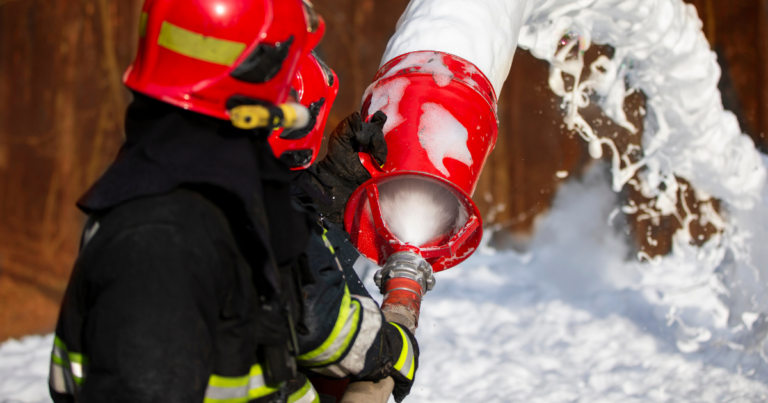
A key Senate committee missed a significant opportunity to protect the health of drinking water last week.

As we remember the East Palestine anniversary, we are calling on The Home Depot to step up and phase out vinyl chloride and PVC.

New testing underscores the urgent need for retailers and states to ban unnecessary, dangerous bisphenols in favor of safer substitutes.
Your support allows us to make big impacts. Will you donate today?

EPA’s Safer Choice helps consumers avoid dangerous chemicals in the products they buy.
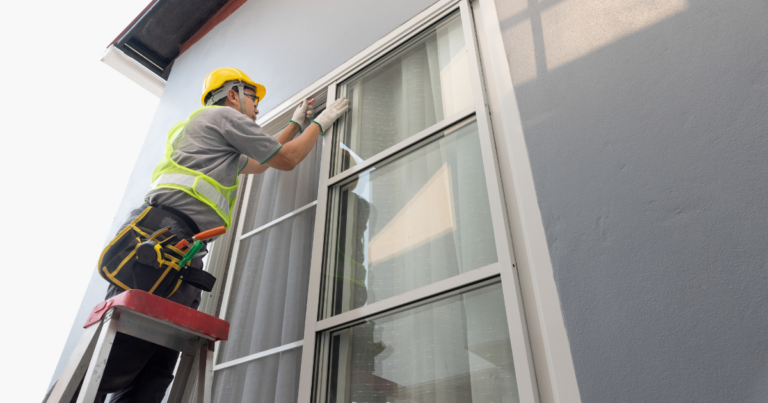
Toxic-Free Future and partners created a new tool called the Healthy Materials Matrix that makes it easier for affordable housing developers to avoid toxic chemicals and create healthier housing.
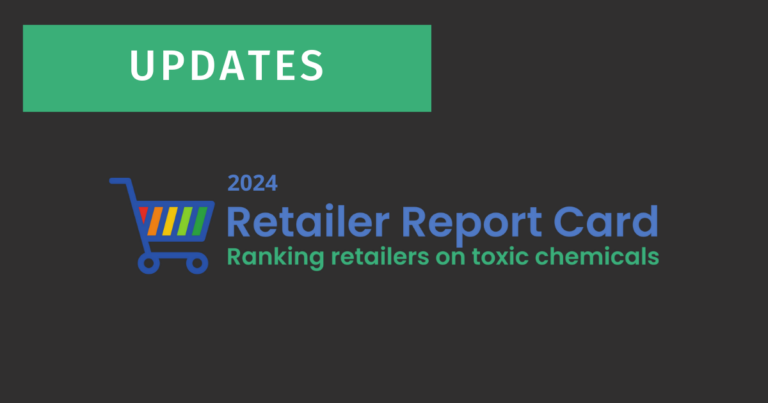
The next Retailer Report Card will feature a revamped scoring rubric and a new list of high priority chemicals and plastics to further catalyze market transformation away from toxic chemicals and plastics and towards safer solutions.
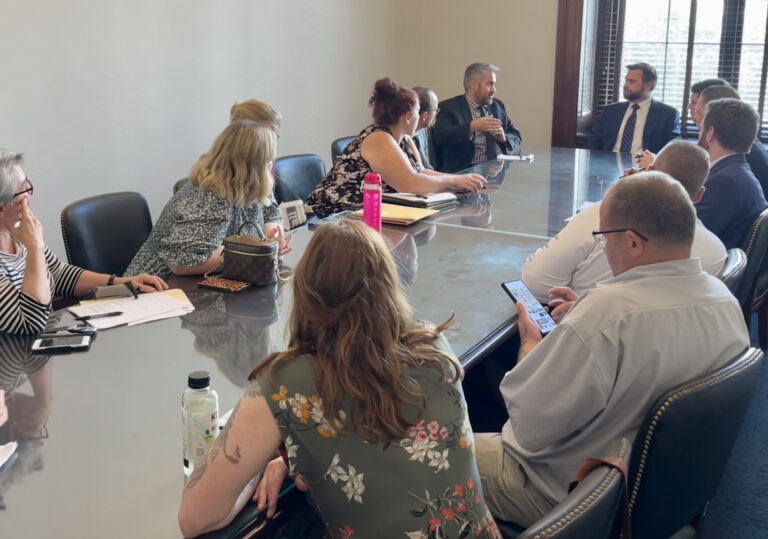
Today, six months later, the community is still reeling from the effects of this environmental and public health disaster. Last week, Toxic-Free Future’s communications director Stephanie Stohler and I were privileged to support community members from the East Palestine area who drove six hours to meet with members of Congress and their staff. Their mission was straightforward:to bring their community’s story of these devastating impacts and their continuing needs directly to members of Congress.

Our new research found that actions taken on PBDEs worked—levels in the Northwest declined by 70% since they were last measured 20 years ago. However, some of the same new flame retardants we found in televisions also contaminated nearly all the breast milk samples.
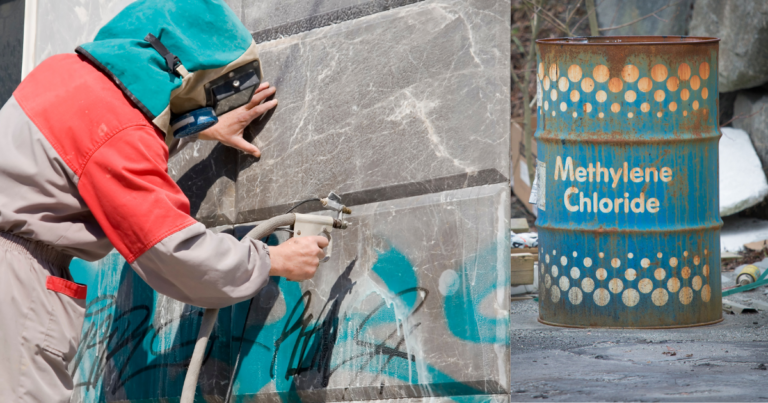
EPA’s announcement last week that it will ban most uses of methylene chloride gives us hope that no one else will die because of this deadly chemical.

Through the groundbreaking law, Safer Products for Washington Act, Washington state is taking bold steps to put in place protections that will make products healthier and more sustainable.

